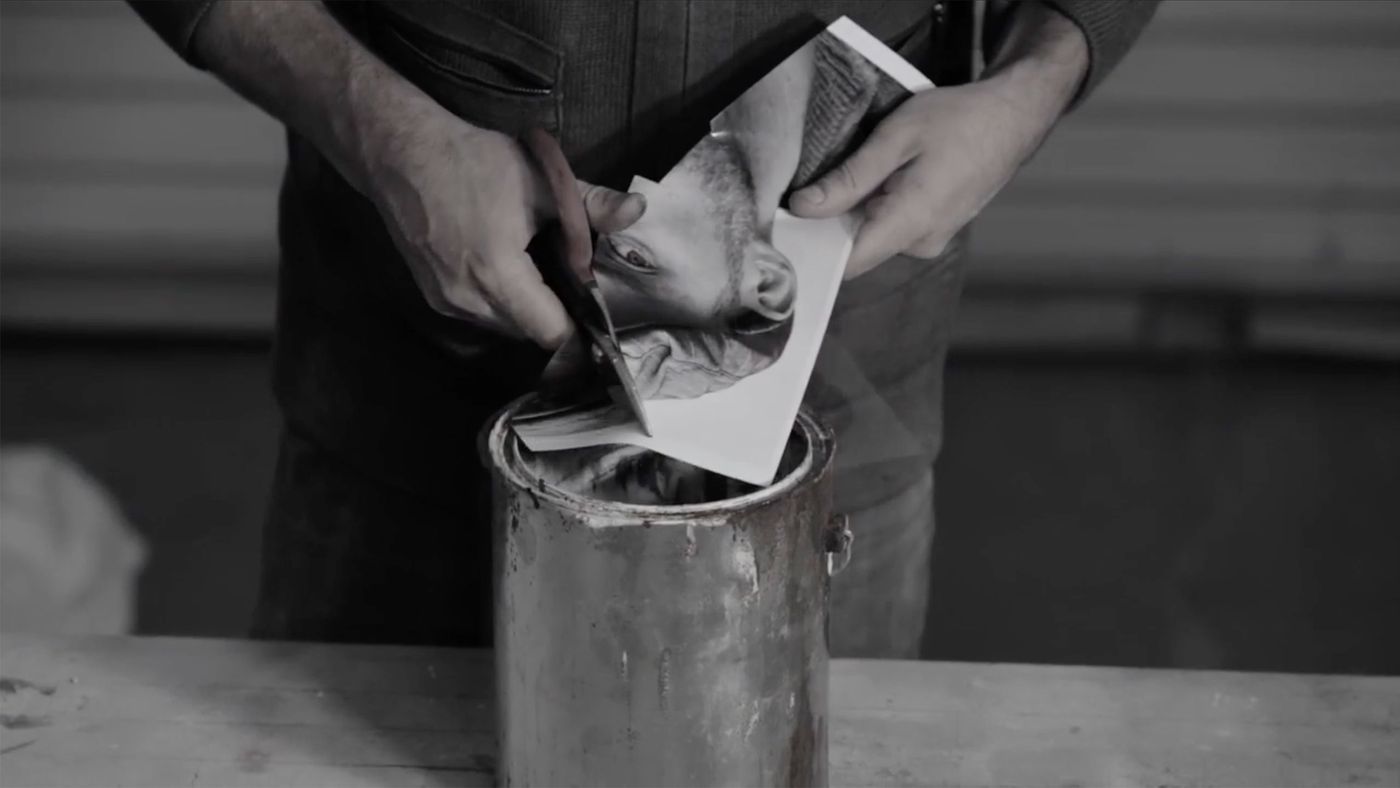
Discover The Recipe Of Successful Artworks Through A Short Film By Andrew Myers
Words by Yatzer
Location
Discover The Recipe Of Successful Artworks Through A Short Film By Andrew Myers
Words by Yatzer
Why are certain pieces of art deemed as great while others, simply aren’t? Over the years, artists, audiences, critics and collectors have struggled with this question, in their attempt to understand the aesthetic principles of successful artworks. Inevitably, the lure of an ever-growing global art market now pushes artists and gallery owners into seeking the ‘‘recipe’’ for good art: a way to produce art works that will definitely sell and at high prices at that. This global obsession with finding the ‘‘right recipe’’ for good art is humorously depicted in a recent video by California-based artist Andrew Myers. Born in Germany and raised in Spain, Myers is mostly known for his signature tactile screw paintings and figurative brass sculptures. Created in collaboration with Benjamin Pitts, the 7-minute video is a visual portrait of the artist in the studio making art as one would make a cake: Myers is seen blending materials such as creativity, insecurity and hope in a bucket and then spreading the mixture on a canvas to create a portrait of himself. Despite it being funny and sometimes ironic, the video conveys Mayer’s personal philosophy of how art is made and what it means to be an artist.
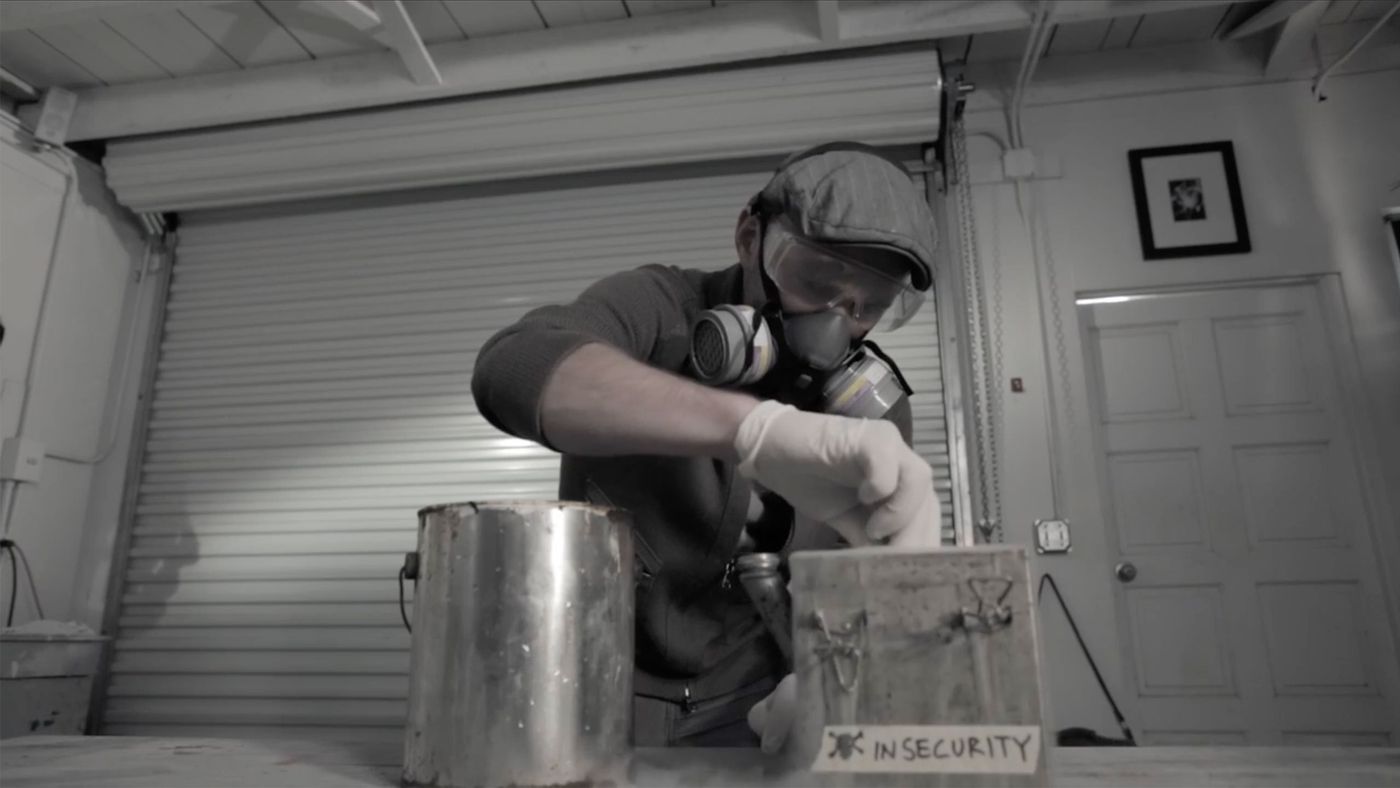
Film still, Courtesy of Andrew Myers and Benjamin Pitts.
From the artist’s website:
How to Create a Self Portrait
1 full bottle of creativity.
2 drops of vision.
1 small spoonful of passion.
A splash of knowledge.
2 pumps of inspiration.
Insecurity to taste.
And heaps of hope.
A painting entails more than just the brush strokes on a canvas; before the visible work even begins, the artist must fight an internal battle between conflicting ideas, emotions and fears. Throughout history, successful pieces have been created through just the right combination of creativity, vision, passion, knowledge, inspiration and insecurity with no failsafe recipe, accompanied by glossy photos, in a cookbook to follow. An artist must instead intuit the correct recipe through life experience, honest reflection, and trial and error. This holds most true in striking the right balance between creativity and knowledge. Too much creativity and not enough knowledge create poorly executed artwork that fails to capture the artist’s vision. Too much knowledge and not enough creativity on the other hand, lead to stale, mechanical pieces devoid of expression. But even after a piece is completed, this unseen battle continues. Insecurity comes back to question the recipe. Vision brings up new ideas of what to paint. Knowledge suggests better ways to depict it. Hope helps keep the artist sane long enough to finish the next piece. And so goes the unending cycle of the artist.
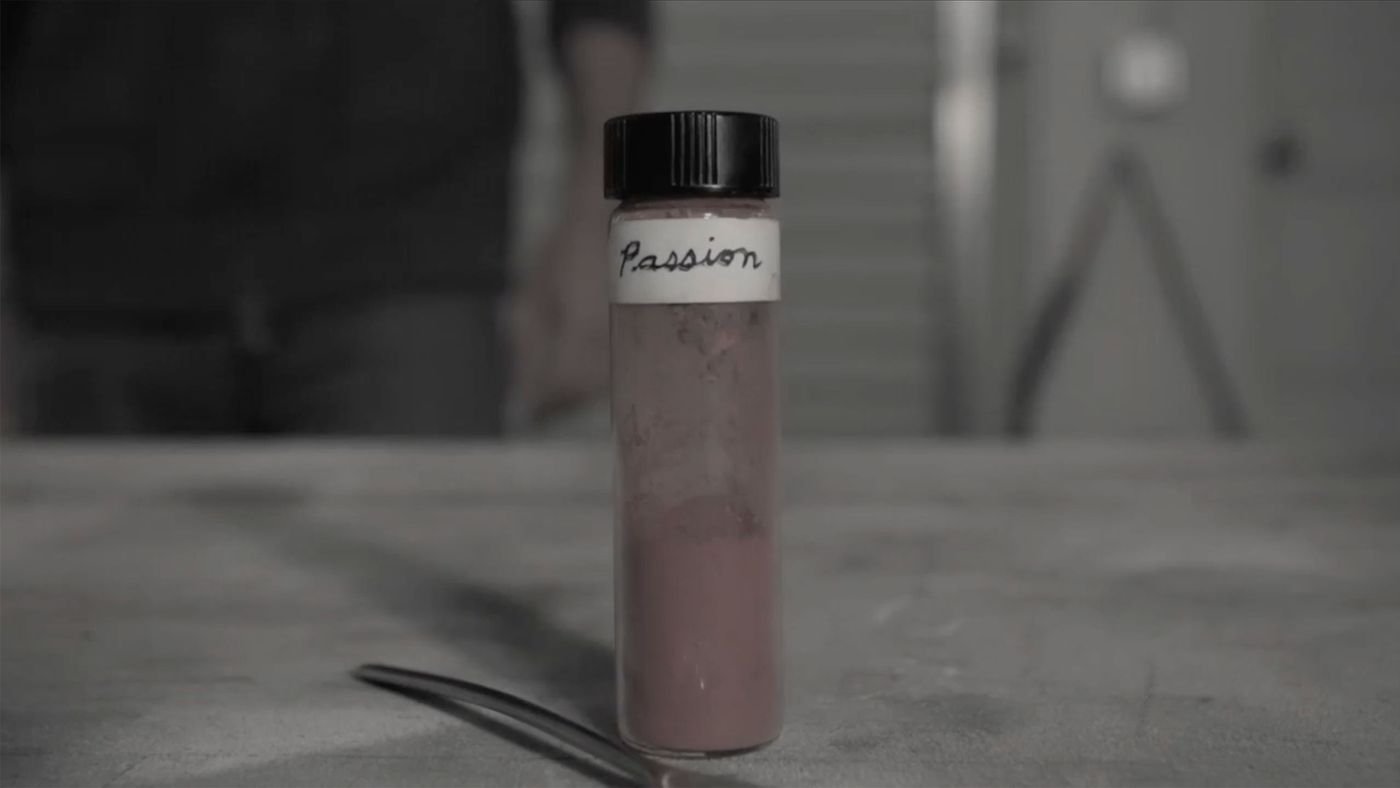
Film still, Courtesy of Andrew Myers and Benjamin Pitts.
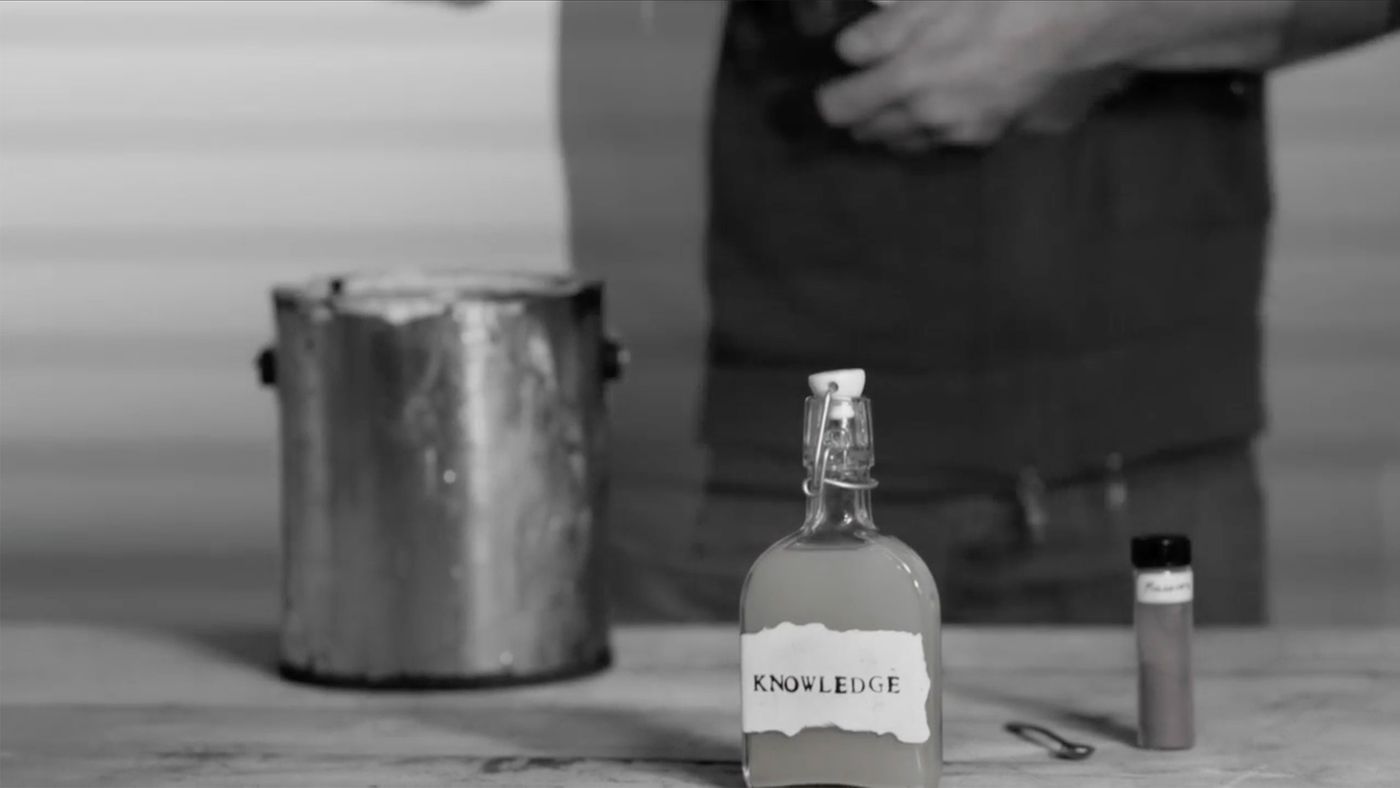
Film still, Courtesy of Andrew Myers and Benjamin Pitts.
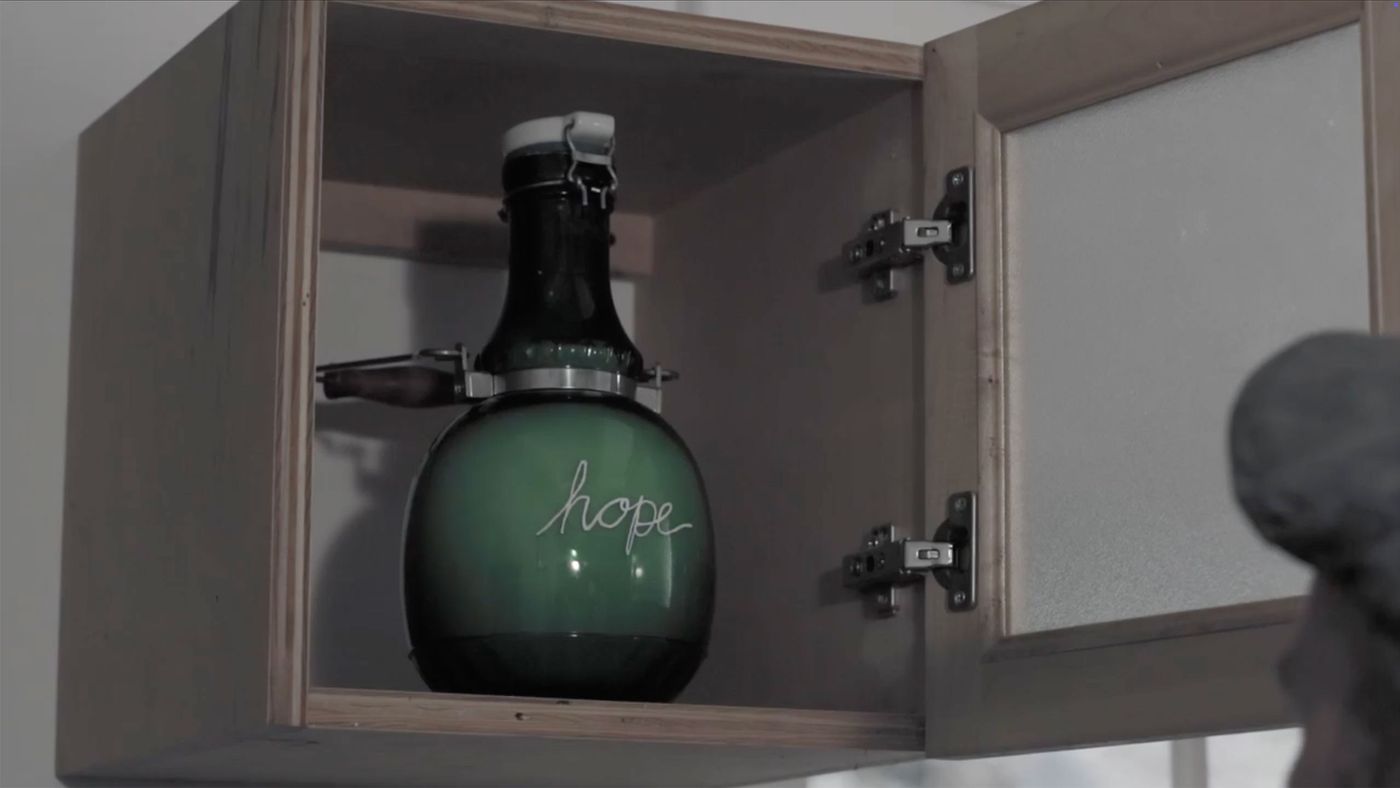
Film still, Courtesy of Andrew Myers and Benjamin Pitts.

Film still, Courtesy of Andrew Myers and Benjamin Pitts.